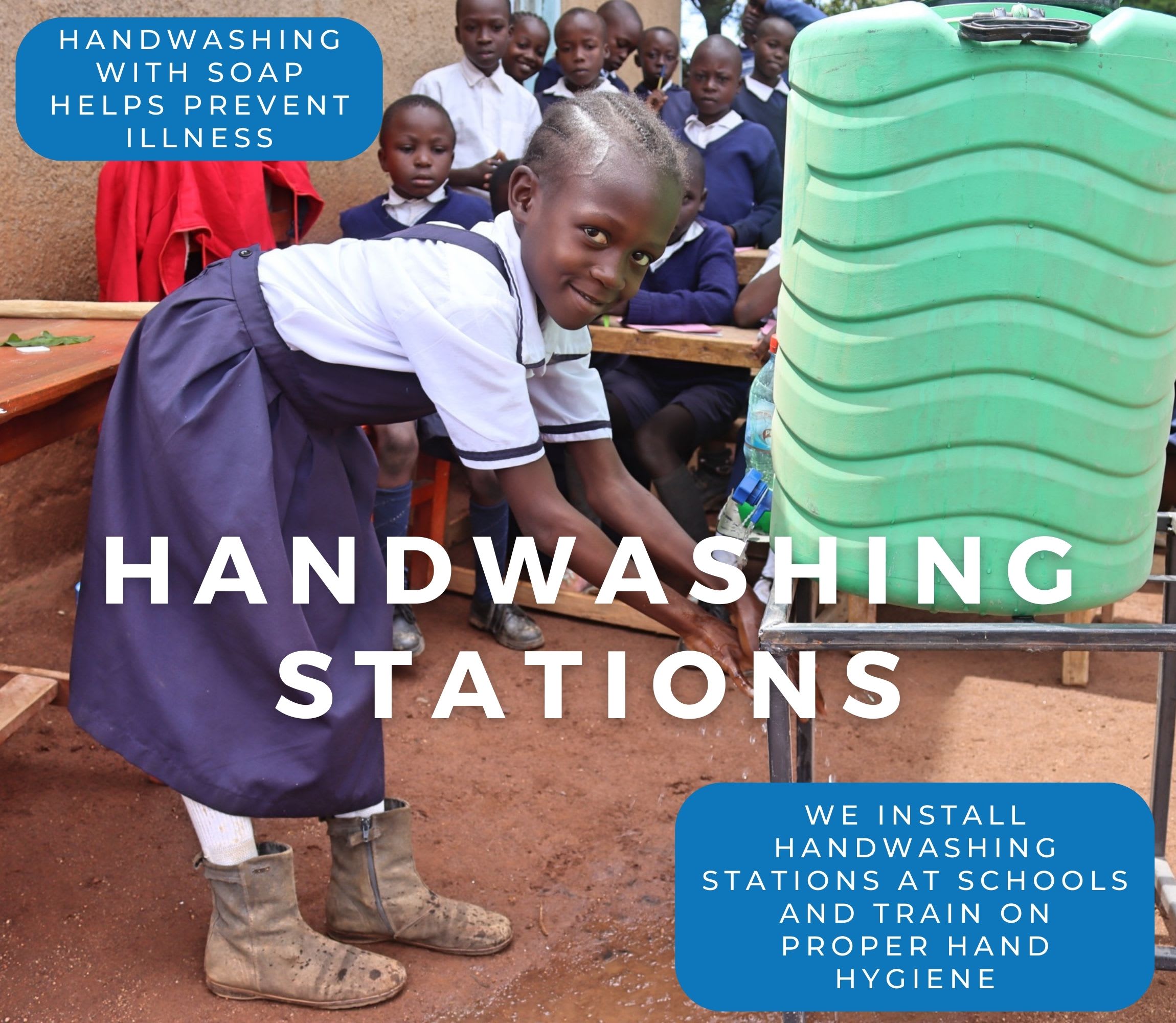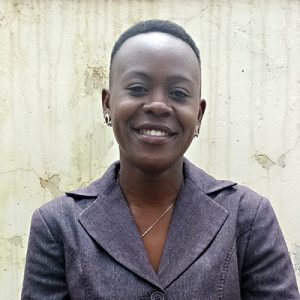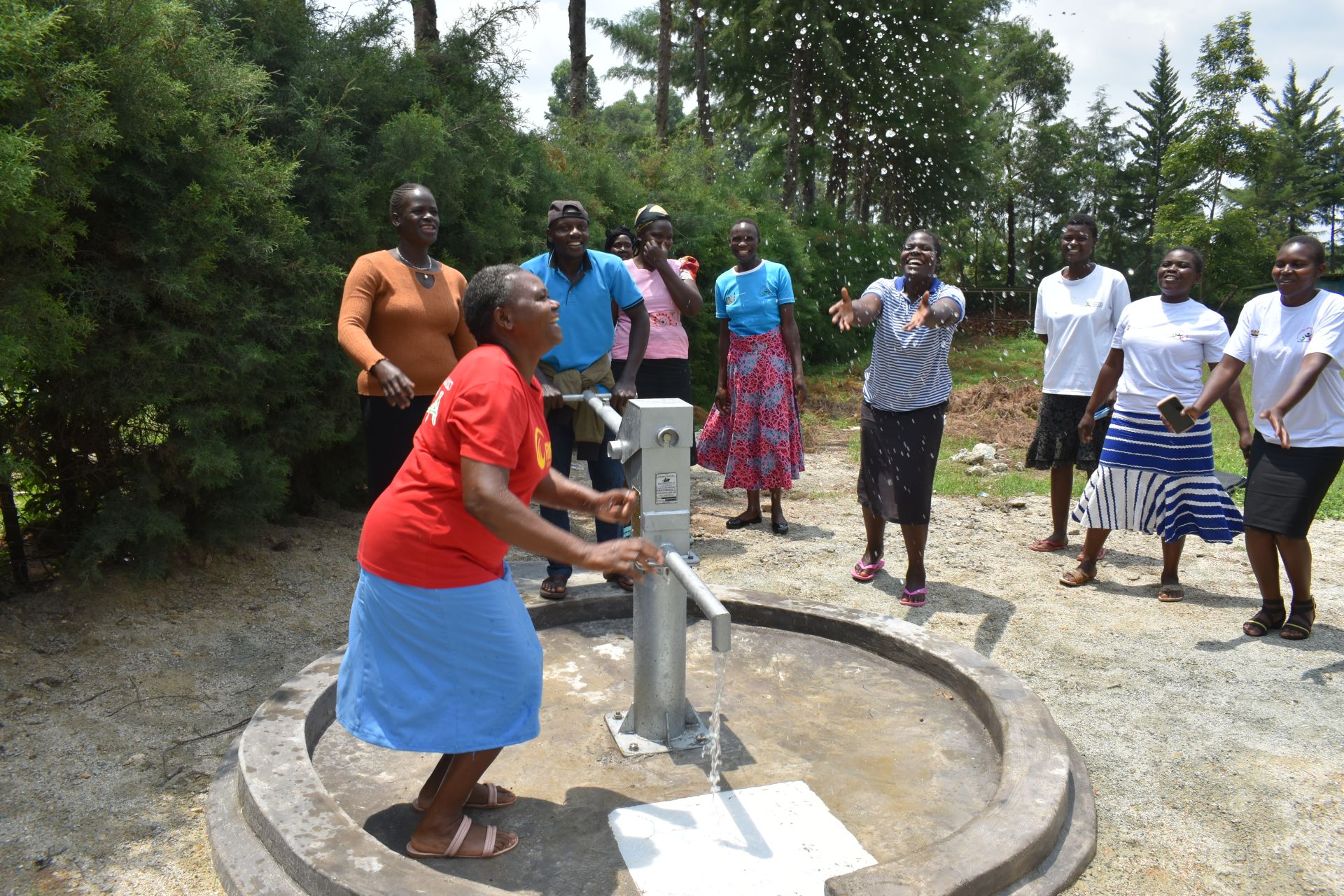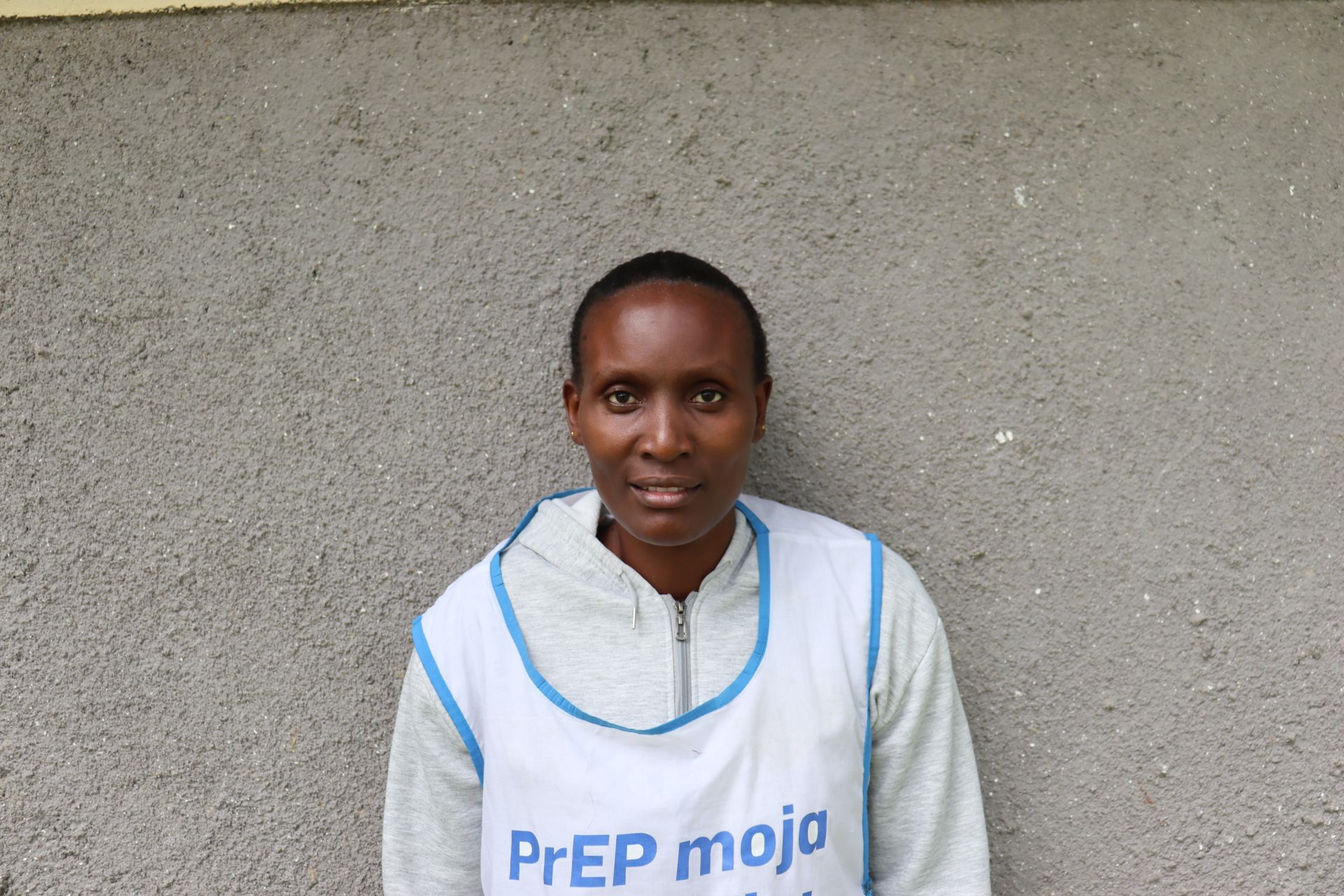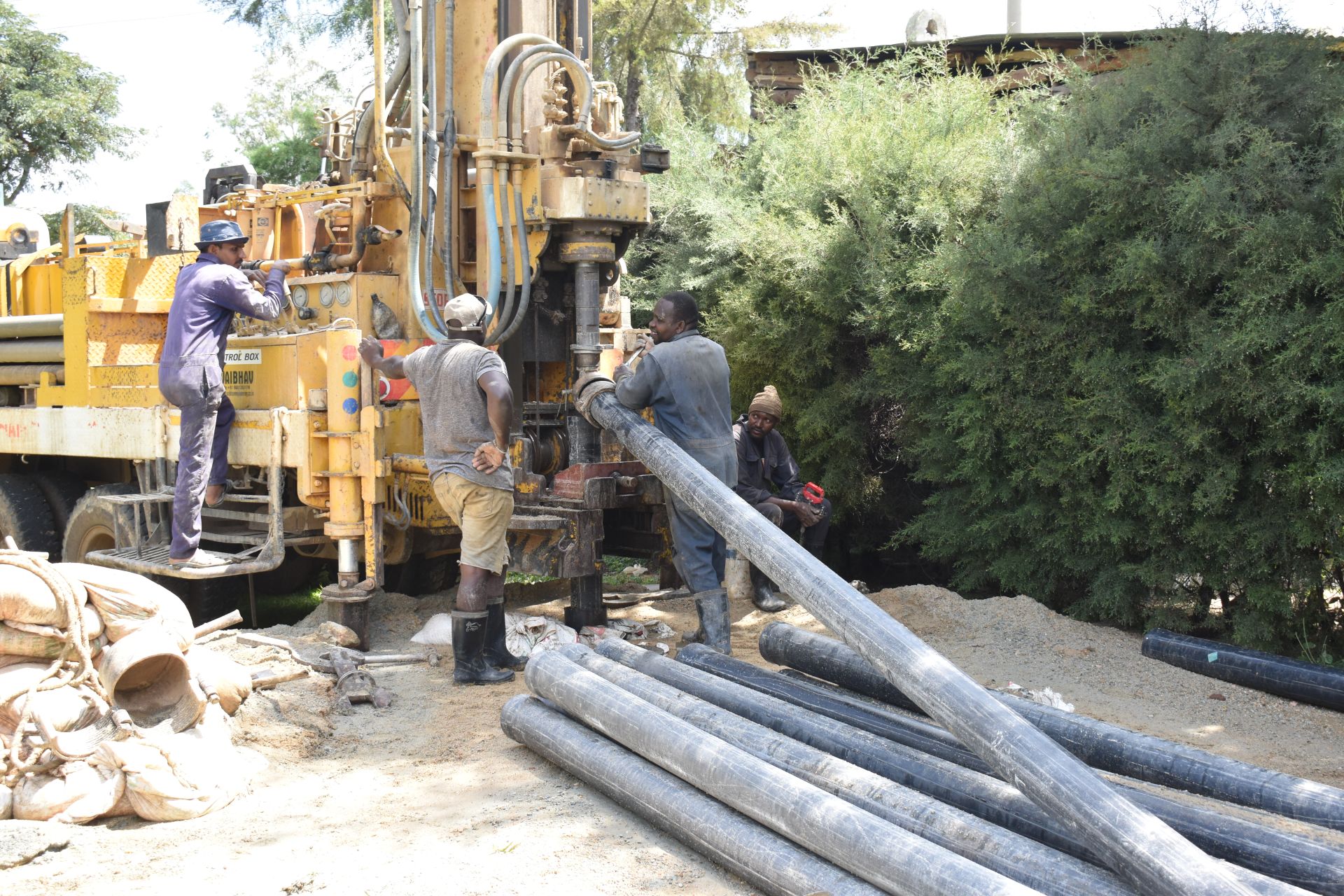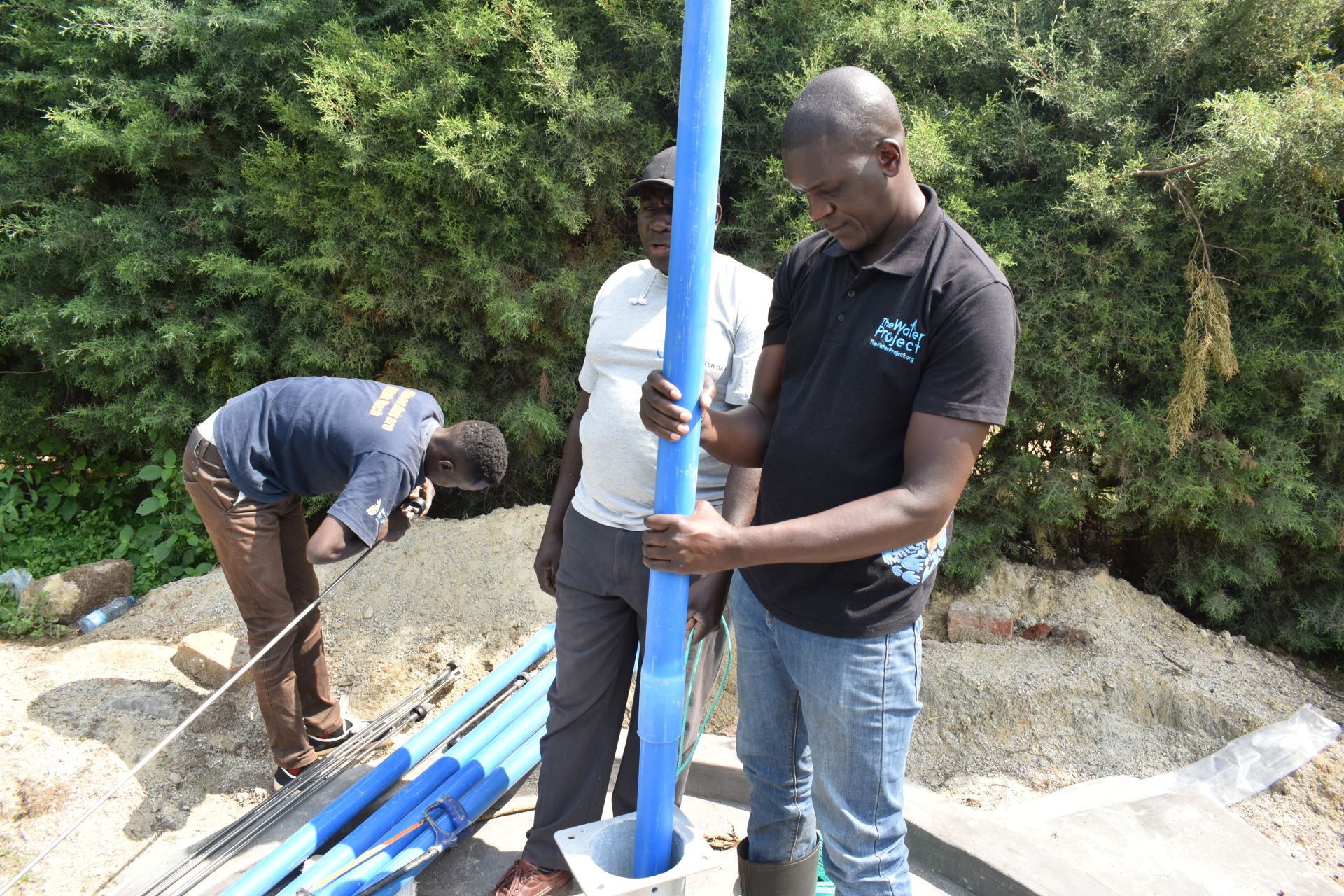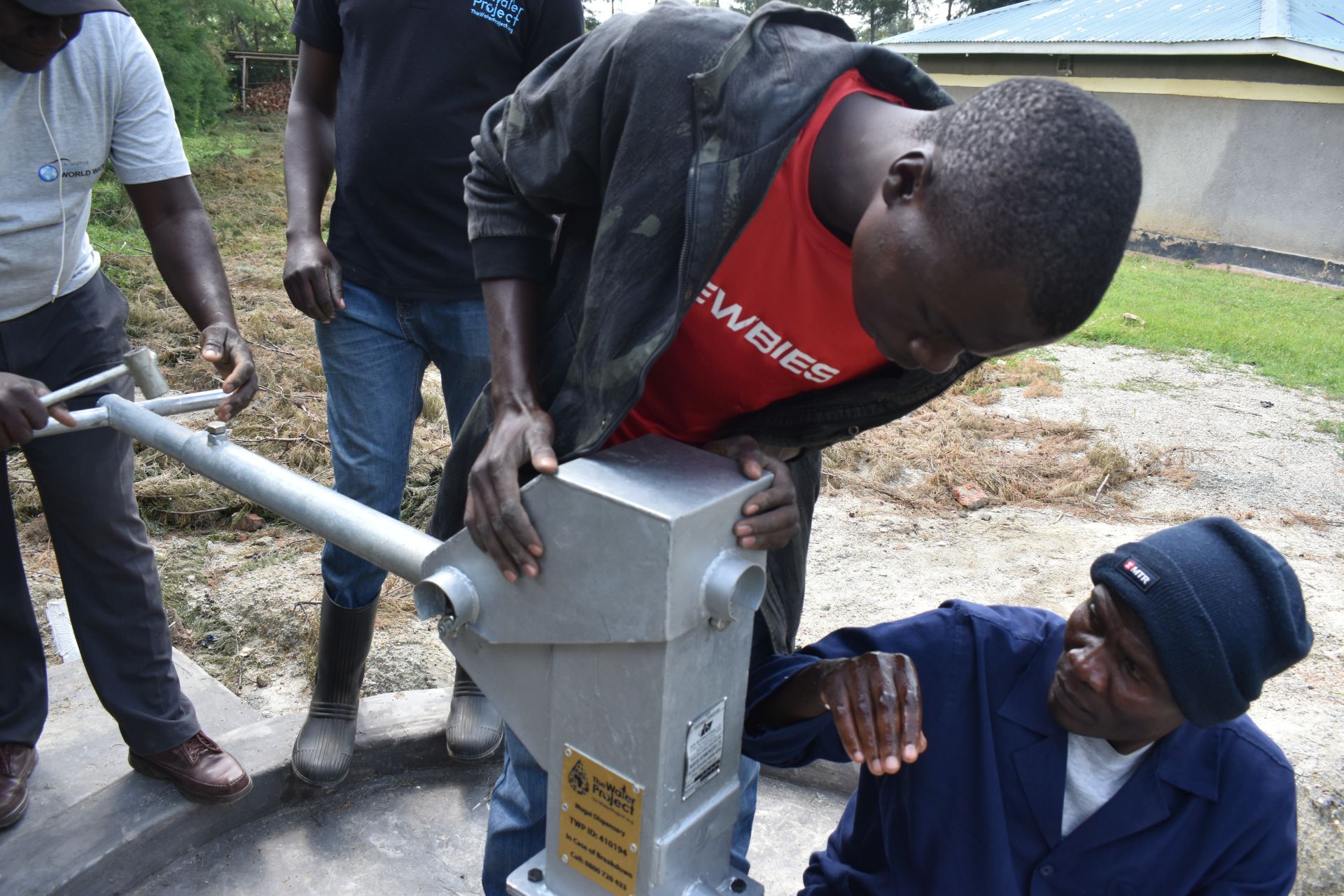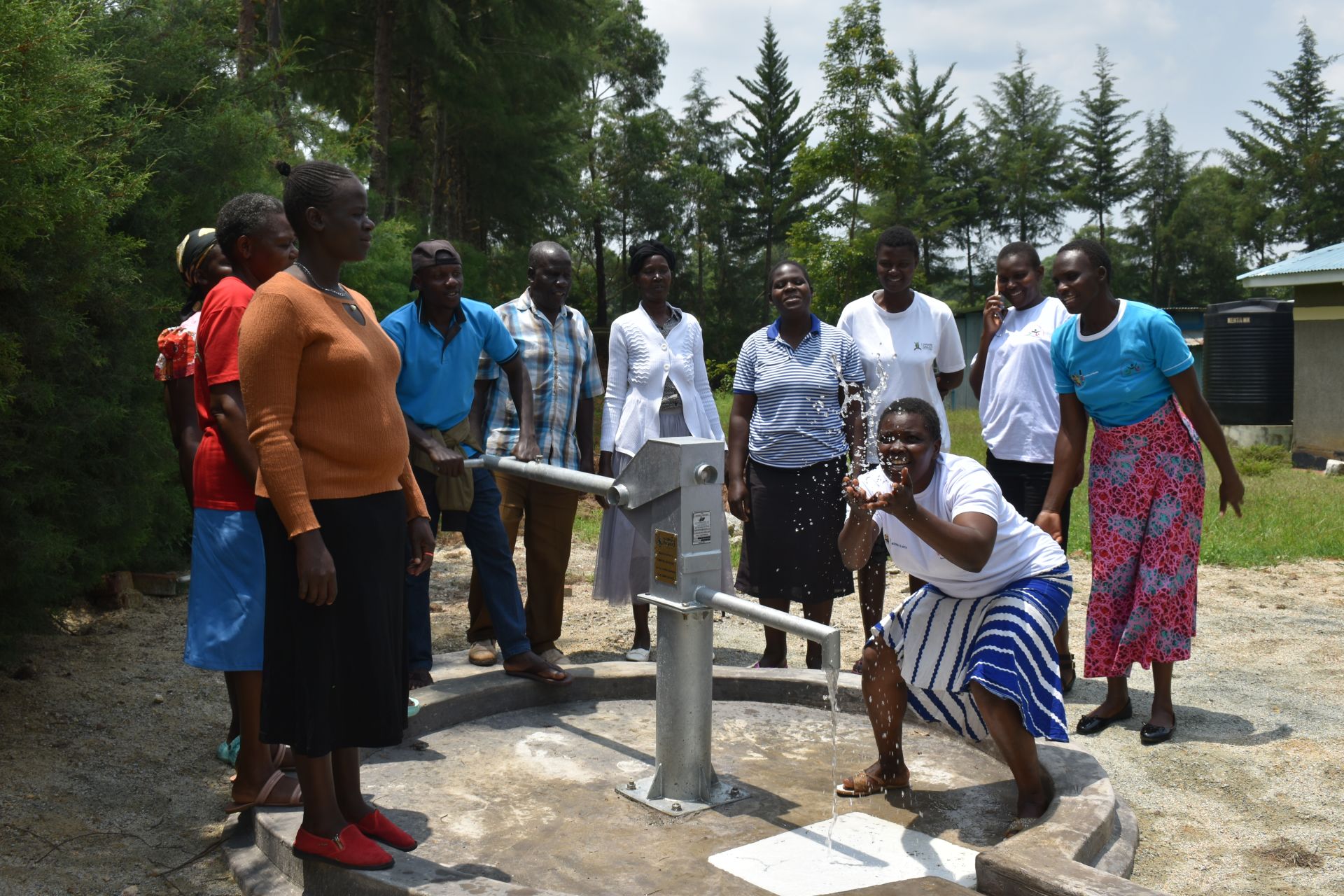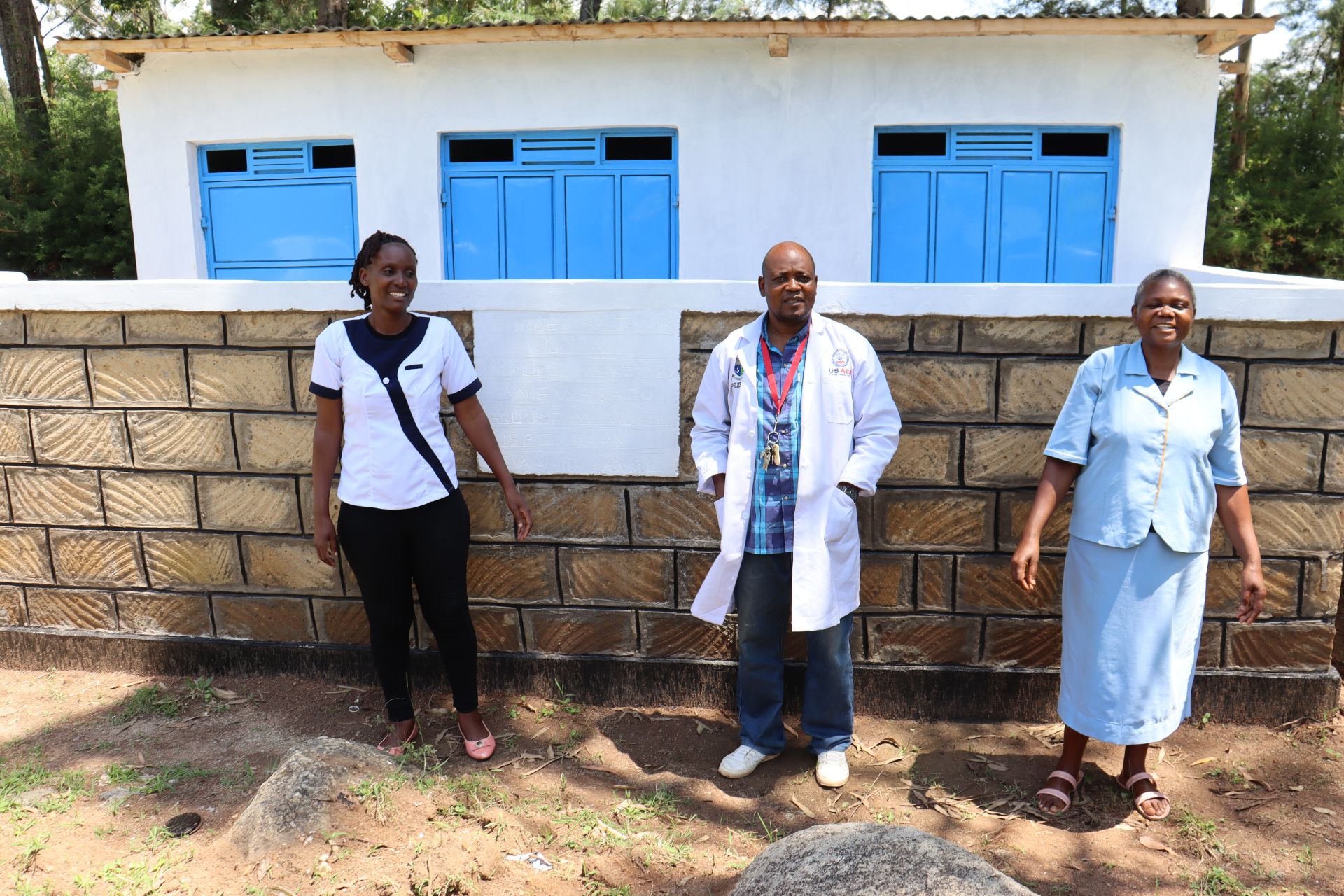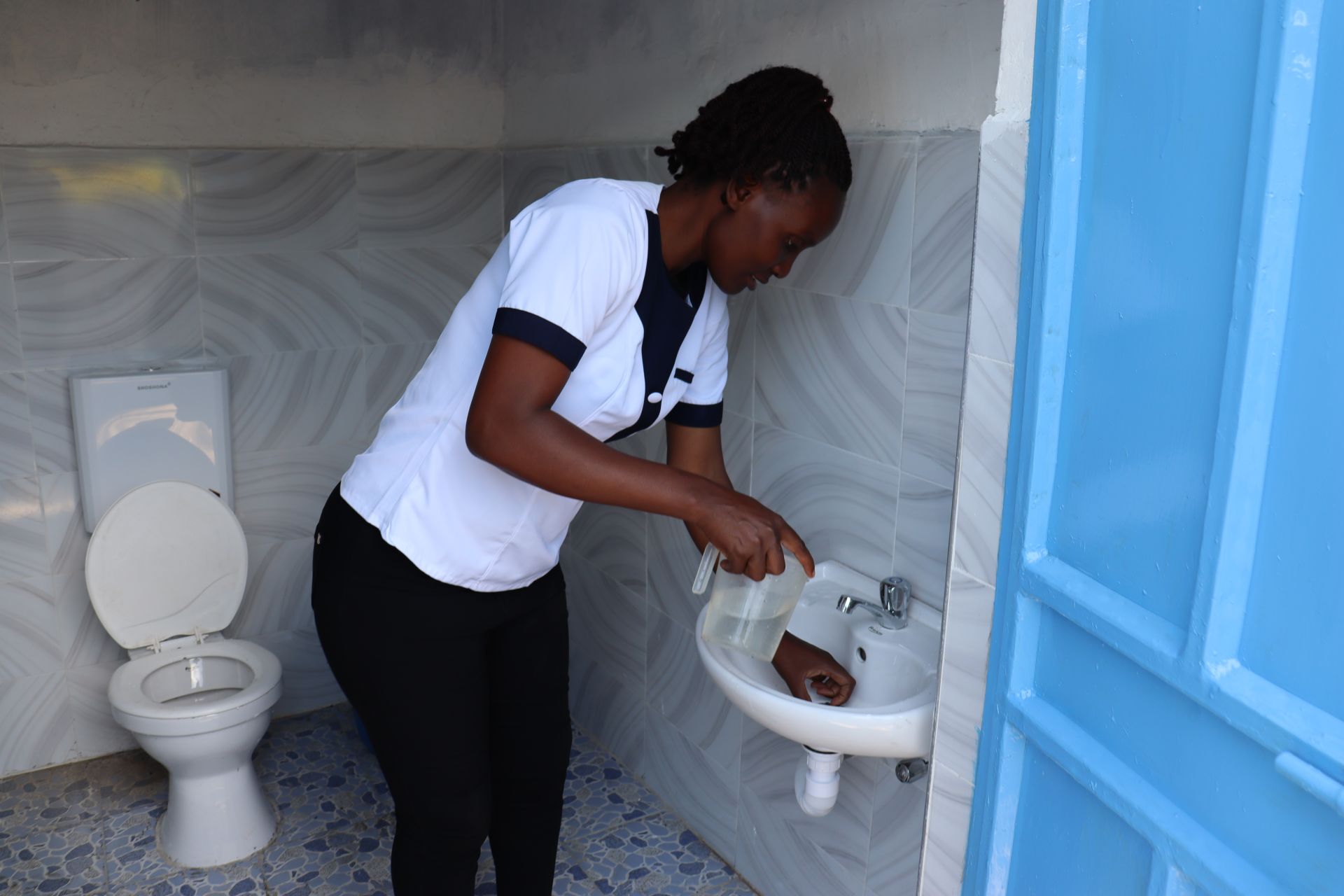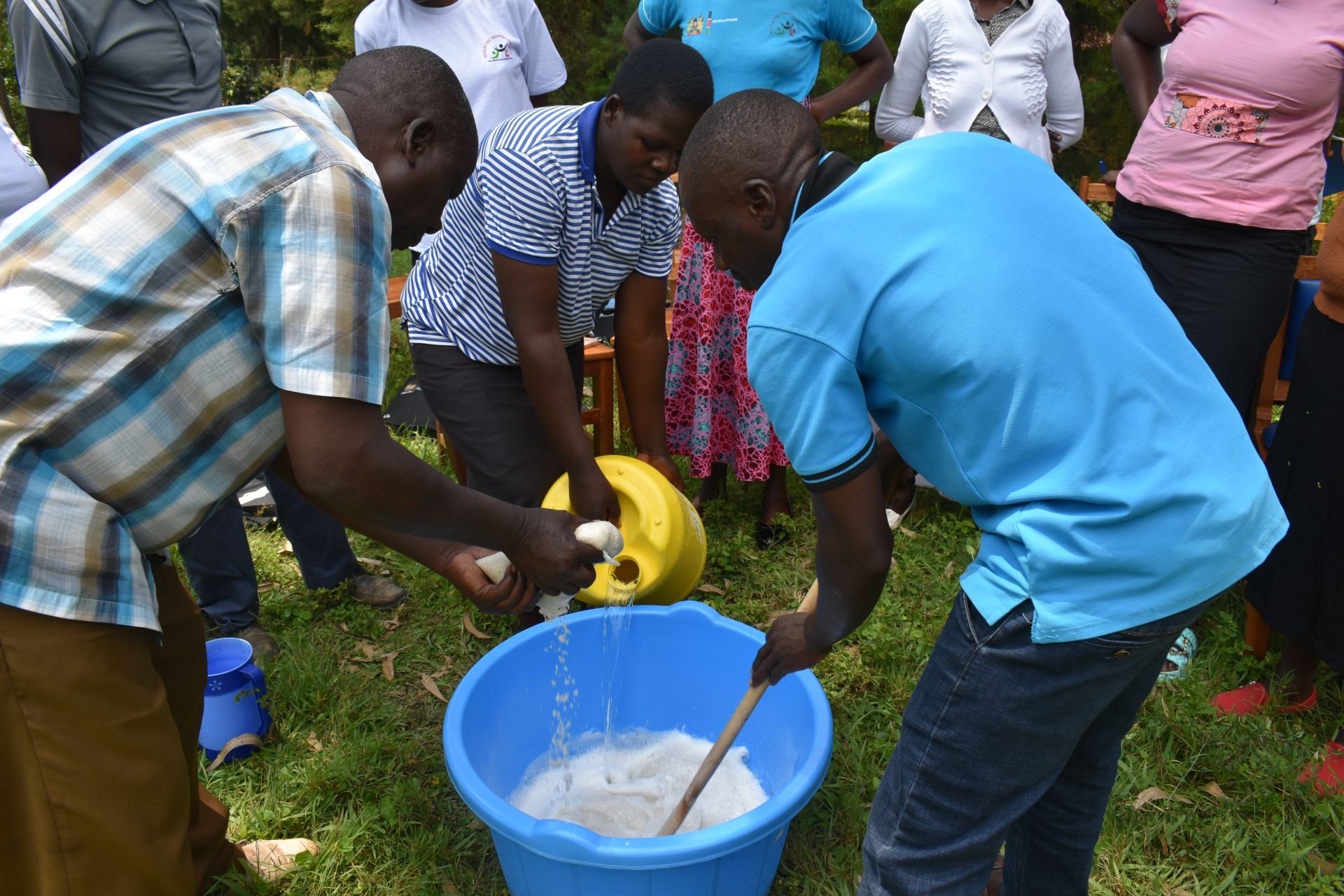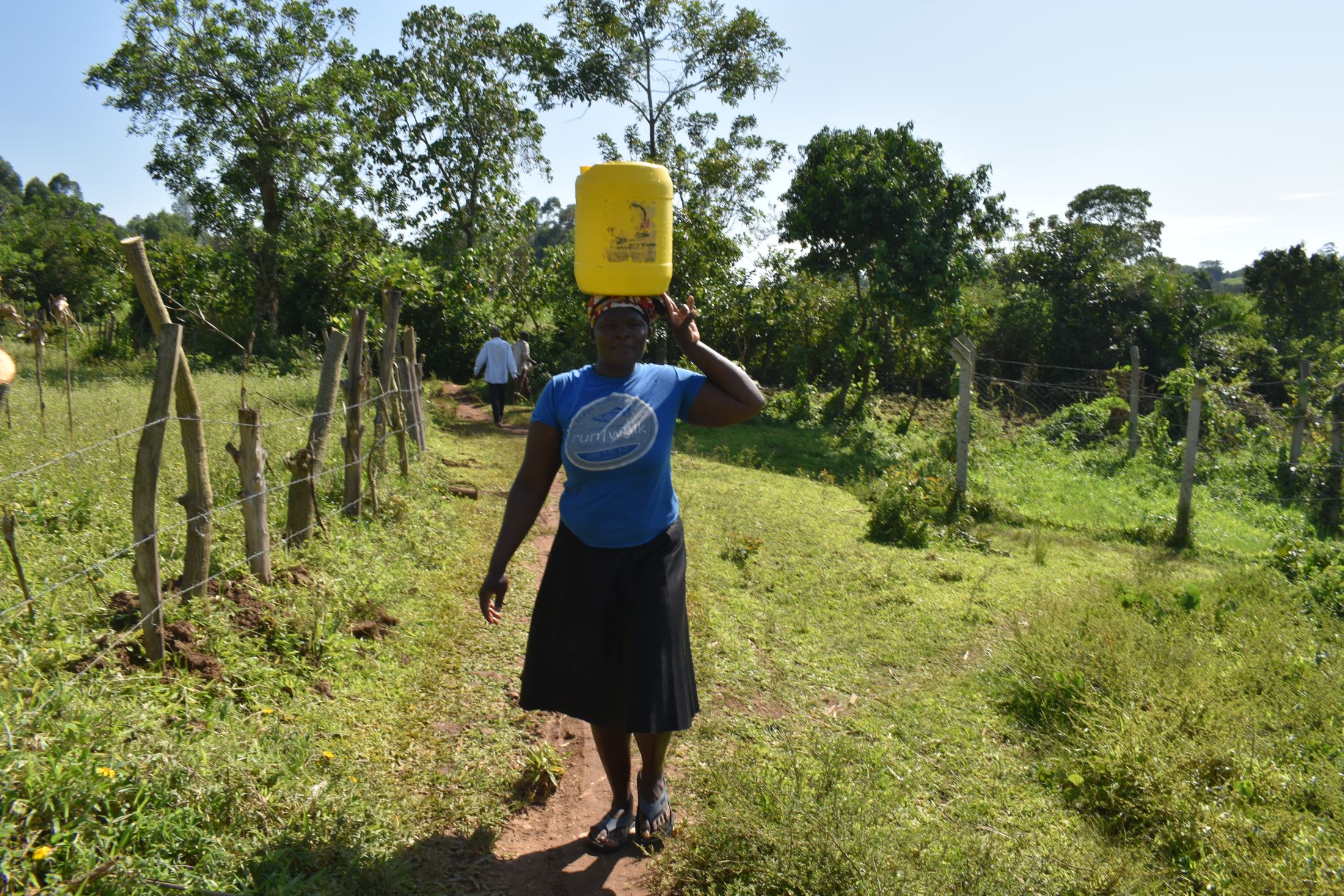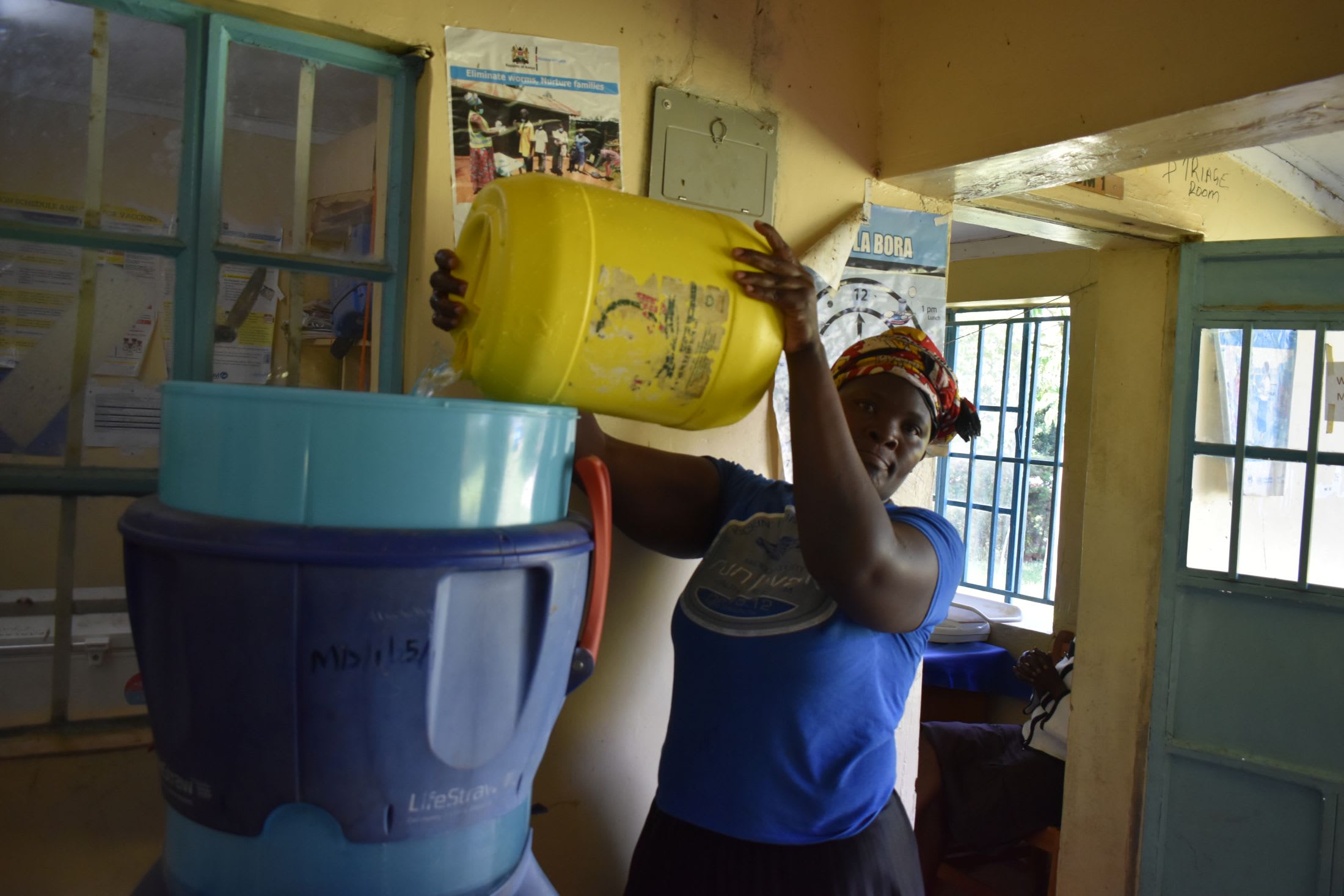The 6 staff members of Mugai Health Center provide a wide range of services for their community, from general care and immunizations to labor and delivery services. Last year, they served over 11,000 people, but it was a serious challenge without adequate, clean water.

Health center staff.
"This facility was established in the year 2017 by the community because of [the] distance they had to cover to [the] nearest facility in search of medical services," shared Field Officer Lillian Achieng'.
Currently, the staff relies on water collected in a rainwater tank that is piped to a sink in the health center to meet their water needs. Not surprisingly, it doesn't take long for the tank to run dry, especially during the dry season. Without water, it is impossible for them to continue to offer care, so they must find water elsewhere to continue.

Gladys Muhutsani collecting water.
Most often, that means they must pay for a staff member, usually the center's cleaner, to travel to the nearby Sundolo Community to collect water from a spring previously protected by us. Although it can provide sufficient water, it is a long, exhausting task that takes about thirty minutes for each trip. Paying to collect water is an added cost for which they really don't have the extra resources. It is not an ideal situation, but they have no alternative without a reliable water source.

Francis.
Ten-year-old Francis, who lives in the community, seeks medical attention when he is not feeling well at the health center.
"The tanks at the dispensary sometimes don't have water, especially when it's not raining. I feel bad when I am given tablets for medication, and there is no water to use to take them. I have to carry my medication home to be able to take it," said Francis.
Safe drinking water is crucial to good health. Ideally, both patients seeking medical care and those offering medical services should have access to it.

The health center waiting area.
With a well installed at the health center, the staff will have enough safe and reliable water to quench their and their patients' thirst, improve their infrastructure to provide further services, and provide excellent medical services.
Steps Toward a Solution
Our technical experts worked with the local community to identify the most effective solution to their water crisis. They decided to drill a borehole well, construct a platform for the well, and attach a hand pump.
Well
Abundant water often lies just beneath our feet. Aquifers—natural underground rivers—flow through layers of sediment and rock, offering a constant supply of safe water. A borehole well is drilled deep into the earth to access this naturally filtered and protected water. We penetrate meters, sometimes even hundreds of meters, of soil, silt, rock, and more to reach the water underground. Once found, we construct a platform for the well and attach a hand pump. The community gains a safe, enclosed water source capable of providing approximately five gallons of water per minute. Learn more here!
Handwashing Stations
Alongside each water source, we install handwashing stations at points of care and at the latrines, enabling everyone at the health center to wash their hands. Handwashing is crucial for preventing water-related illnesses within the health center and community. Health center staff will maintain the stations, fill them with water, and supply them with soap, which we will teach them how to make.
Latrines
We ensure there are Ventilated Improved Pit (VIP) latrine blocks that effectively prevent the transmission of fecal diseases. Each latrine will boast a durable cement floor for easy use and maintenance. We’ll ensure at least one stall is reserved for staff, along with gender-separated toilets that include menstrual hygiene facilities and accessible options for individuals with limited mobility.
Health Center Education & Ownership
Hygiene and sanitation training are integral to our water projects. Training is tailored to each health center's specific needs and includes key topics such as proper water handling, improved hygiene practices, disease transmission prevention, and care of the new water point. Encouraged and supported by the guidance of our team, a water user committee comprises a community health volunteer, the staff in charge of the clinic, a community leader, and the health center board representative. They assume responsibility for maintaining the waterpoint, promoting safe hygiene and sanitation practices, and keeping handwashing stations well-stocked.
Safe water and improved hygiene habits foster a healthier future for everyone in the community.
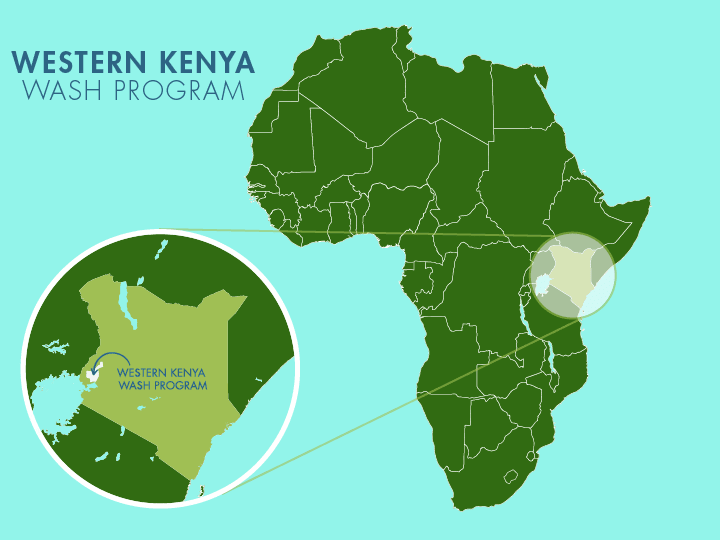
 Borehole Well and Hand Pump
Borehole Well and Hand Pump
 Rehabilitation Project
Rehabilitation Project





